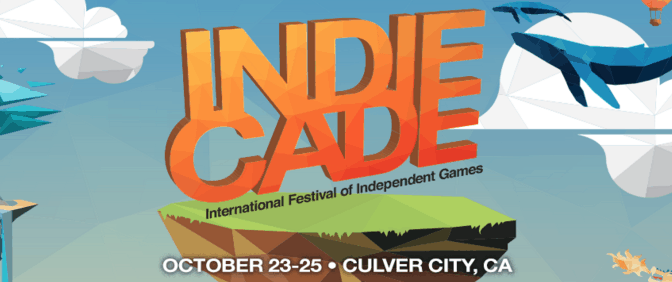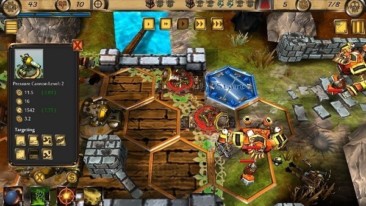IndieCade 2015 – Notable Highlights

On the one hand we hate picking favorites, but on the other, they’re OUR picks, not anyone else’s, and we are here to help you filter through the massive amount of offerings (200+ selected games) that were featured at IndieCade 2015 – which doesn’t even cover the 1,800 entrants or the massive surge of releases this past year.
Here are our notable notes from the IndieCade 2015 International Festival of Indie Games:
Indie-Game-Freak:
There were several trends, chief among them, lots of games about word building: Roots, Wordsmith, Bring Your Own Book.
The virtual reality tent was constantly packed and despite being there at all, was still hardly big enough for the VR offerings.
I am still not sure why Nintendo had a tent at all – sure it’s nice that they have some indie games on their platform, but the games they were showing were years old – why spend all that money at a “forward-looking” game showcase?
The Night Games were a beautiful art installation as a whole: Gang Beasts is always a favorite in the eSports category. We heard equal squeals and shouts and joyful mayhem from Bumblebear’s Pixel Prison Blues: a 30-person arcade title being pushed in Buffalo Wild Wings restaurants on the ESC platform as they move to rebrand themselves more into a Dave & Buster’s-style entertainment hybrid.
Oh and in the Big Games department: cat milking.
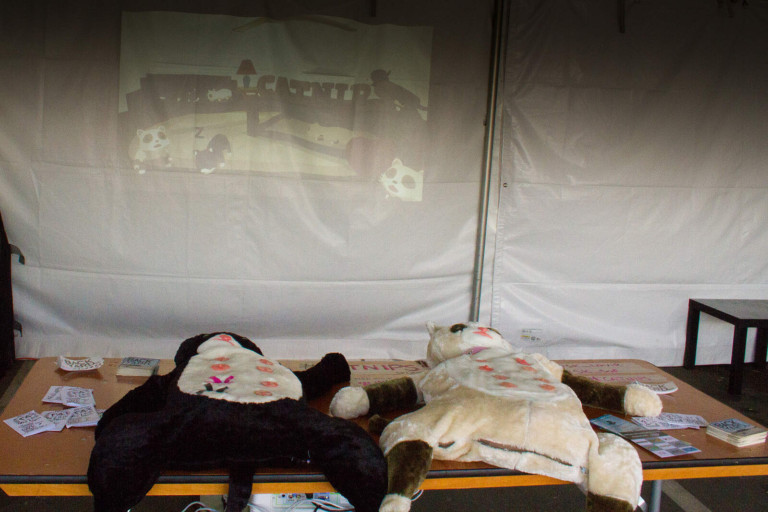
Here were my (Indie-Game-Freak’s) favorite games:
Seven Day Band
Jeff Lait
This ASCII Roguelike invites the player to define every variable as it is encountered, thus customizing the world they are plundering as they engage it. The name comes from both the seven day game jam that led to its creation and the mythic notion that God created the world in seven days. As you continue to move through the dungeons, creatures become increasingly complex and their AI is colored by you, the specific player, in ways that must reflect your own instincts, leading to a unique experience every time.
Wonderful.
A Red and Pleasant Land
by Zak S.
Zak Smith reminds me of that one loner kid in high school that everyone knows, few understand, and who usually becomes the central character of a Greg Araki film. He usually does intricate, grotesque, figurative line art of things from hell, mixed with philosophical axioms and logos, wears an olive green army jacket covered in patches of hardcore bands like DRI and Dayglo Abortions and smokes Gitanes. Then one day there is a documentary about the massive 3000-page scrapbook found under his porch after he goes missing that ontologists and cultural anthropologists alike marvel over and dissect before sending it to Google books for scanning and file it away in the PKD Exegesis projects archives for later processing.
Check out my interview with Zak S. about his latest release:
Smith also of course plays lots of D&D, shoots alt porn and has combined all of the above into a taut, fearlessly imaginative campaign builder (or “embellisher,” depending on how you use it) for your own paper and dice games. But taken as just a piece of literature or work of art, it excels beyond anything around it in the market. His full stock of books sold out in a day at IndieCade, and for good reason; it is a true collector’s item.
Kwaan: A Pixel Mystic
Ankama Studio
It is hard not to be in love with this gentle, heartwarming MMORPG wherein everyone on your server must keep a singular tree alive with the help of animal friends, adorable rituals and curious quests presented by strangers and visitors to the land. Rather than use a subscription model, Kwaan is a pay once, play everywhere experience, sharing servers between PCs via Steam, iOS and Android.
Watch the trailer for Kwaan here:
Read Only Memories
MidBoss, LLC.
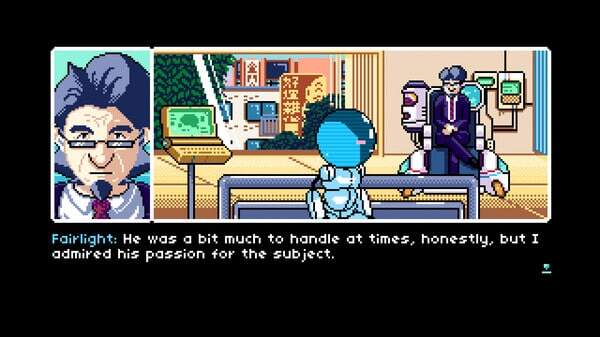
A sprawling beautifully pixel-arted adventure title with six possible endings and multiple responses per click throughout. Set 50 years in the future, this purist cyberpunk title is created by the very people who created GaymerX and other inclusive independent game initiatives.
Memories of a Broken Dimension
XRA

It isn’t a game yet, but what it is is an incredible, active work of art. I spoke with Seattle developer XRA about whether he may approach VR with this, and he said it was a consideration he had made. I think it would be utterly a game changer, though likely overwhelming for current generations. This feels like future, alien tech; in many ways, that is exactly what it is.
Cibele
Star Maid
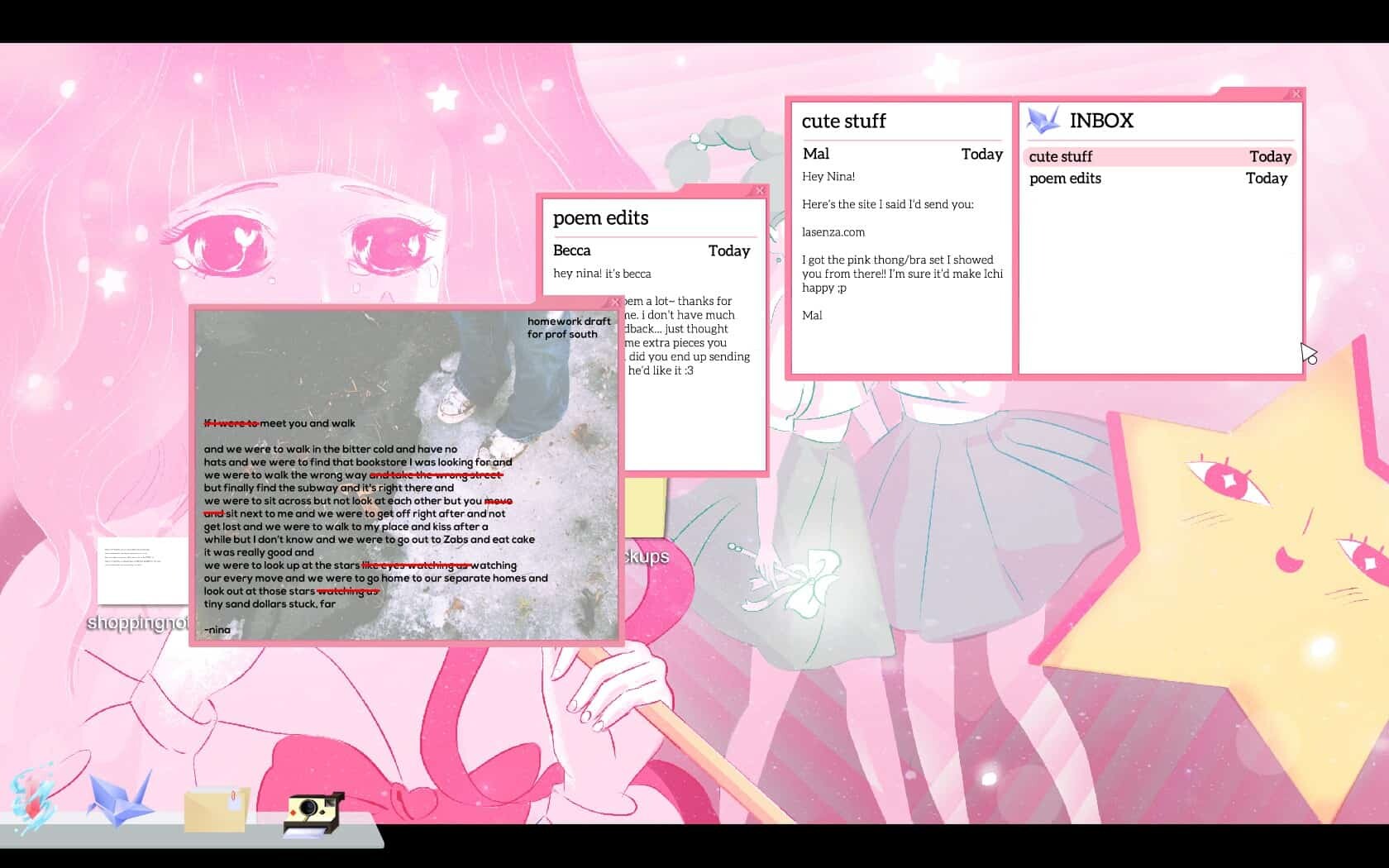
Nina Freeman’s super personal and intimate vignette narrative title about teenage heartbreak merges together various media and interactive forms to create something quite unlike anything else out there. Roughly the length of a feature film, this is the new form of storytelling.
Lumino City
State of Play Games
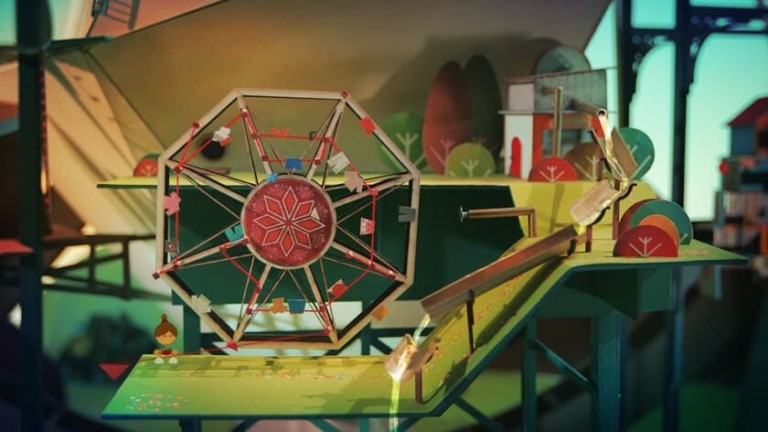
A very stylish point and click adventure game where you control a 2D animated sprite around a photographed actual model of a miniature city. It includes a huge digital manual (in-game) that defines the many objects, items and concepts that you will encounter. Though I am not big fan of adventure game logic, I found this one to be a standout as the mise-en-scene alone is worth the price of admission, even if you just use a Walkthrough to see the incredible, hand-crafted sites.
Roots
Predicate
This successfully crowdfunded card game uses prefixes, suffixes and affixes (I didn’t even know that was a thing) in a piping formation to create words that can substantiate a target word drawn from a feed pile. The beauty of it is that the elements are all legitimate and include explanations for each on the cards, so this is to education what kale and radishes are to your health. But fun!
Bring Your Own Book
Matthew Moore
This clever and easy to pick up ruleset plays like Apples to Apples while avoiding the problem of recycled content by using real life books from which to pull quotes and challenge your friends. The bonus is that it not only gets people to actually open and read books, but turns those books on their side so that they can be explored with fresh eyes and enthusiasm.
InfinityWaltz’s IndieCade Picks
As Indie-Game-Freak pointed out, there were a lot of games about language on offer this year. That’s not an entirely new development, as there have been a lot of recent games involving rudimentary programming languages (like TIS-100).
What’s different is that so many of the language-oriented games this year are totally accessible not only to non-programmers, but even to people with little or no video game experience at all. Besides the aforementioned Roots and Bring Your Own Book, several games played with languages in interesting new ways.
Tribal & Error
Grotman
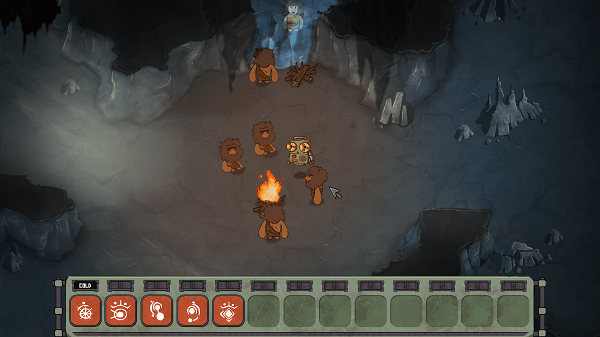
Perhaps the most audacious approach to language on offer, Tribal & Error forces you to learn one; as a robot sent back in time to help humanity through the ice age, you’ll have to learn the language of cavemen before you can teach them the art of cold weather survival. It sounds tough, but the pictorial images representing concepts in the game’s caveman language are easy enough to parse, and before long, you’ll be stringing whole sentences together, as I saw several people – kids and grown-ups alike – excitedly doing during the festival.
Story Warriors: Fairy Tale
Thumbstar Games Ltd
On the other hand, this iOS game uses a simpler premise; it’s a sort of interactive storybook adventure where the words themselves form the puzzles. Run along a sentence and tap on the word “hammer,” for example, and your character will pull a hammer from off the “page.” It seems like a simple concept, but I can’t think of a puzzle game that’s used it, and it was exciting to see players’ faces light up as they played through the tutorial and grasped the central mechanic.
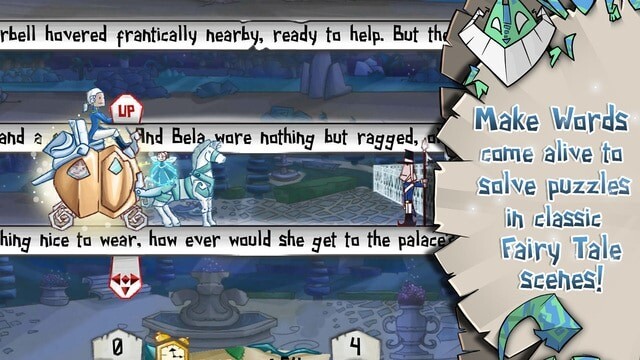
There were also quite a few games involving “props” and additional control devices, from the tennis ball and cat nipple controllers of Butt Sniffin’ Pugs and Catnips, respectively, to higher tech objects. Interestingly, two separate games incorporated biofeedback:
Nevermind
MC Lothlorien

A horror game that gets harder and harder the more frightened you get, Nevermind uses a(n optional) biofeedback sensor to monitor your anxiety levels as you explore surreal realities set within the minds of trauma victims. “Psychological horror” has never been such a multi-faceted description.
Throw Trucks with Your Mind
Lat Ware
A much more lighthearted use of biofeedback, this game monitors your level of calm and focus with the NeuroSky MindWave headset in a demolition derby that lets you literally Throw Trucks with Your Mind.
Fictivetruism’s IndieCade Picks
You never know what you might find when you attend Indiecade. Some of the games at Indiecade I knew exsited in some way or another either through blogs, Kickstarters, or Steam Early Access. There were also a lot of surprising games that I hadn’t even heard of before. It was nice to see the games that fell into both categories and a bonus when I got the opportunity to talk to some of the developers behind them.
Indiecade is a clear example of a public event that welcomes all kinds of indie games. They don’t need to be recognizable or well known in order to be at Indiecade, it makes Indiecade feel less like a popularity contest and more of an open space for anybody’s indie game. Indiecade featured a lot of great games this year, but here are some of the games that stood out to me the most:
Twelve Minutes
Luis Antonio
Twelve Minutes is the one game at Indiecade that I played the most. Its concept is unlike anything else. The idea of a specific segment in time that is constantly repeating is new and interesting for a game. Much like the movie Groundhog Day, a specific segment, a moment of your life would repeat. It’s almost meta, a reflection of the way many games will restart from checkpoints when we die. Things will happen in that time, and when you repeat them, your character will have memories of what happened before, in the same way we learn from failed attempts after we reach in-game checkpoints.
Not long after your character arrives home, you find out that your wife is pregnant and a policeman shows up to arrest her for the murder of her father. Then he arrests you. As you play more and more of the game you, slowly unravel the mystery of the situation and find ways to stop the police officer.
Check out IGR’s interview with developer Luis Antonio about Twelve Minutes at IndieCade15:
I eventually got to a point where I’d set up everything as quickly as possible. Put sleeping pills into my wife’s food, grab a knife, turn off the light switch, then hide in the closet. Once the cop came in to look around, I’d turn on the light switch, which knocks him out for a few seconds. I’d tie his hands together with zip-tie cuffs and look through his phone. Unknowingly, he gets up and headbutts me, knocking me unconscious.
It’s a game of experimental trial and error all involving preset game actions that you have to find ways around. The game seemed open ended enough to the point where there could be many different options to solve the puzzles. Like the developer said, “There is no right way to play it but it’s more about how you play it.” I personally can’t wait to play the game when it officially gets released some time next year.
Chasm
Discord Games
Chasm has been a game that I’ve been following for a while, and I was surprised to see it at this year’s Indiecade, since I figured it was still a long way from being finished. Chasm feels like a standard Metroidvania, but it plays fantastically. Everything about the game, from the jumping to the visuals, feels really polished.

What makes Chasm so different is that it’s procedurally generated every time. You can tell the developers behind it know what they are doing and have a clear vision of what they want to create. I have high hopes Chasm will impress when it’s released in 2016.
Cosmic Star Heroine
Zeboyd Games
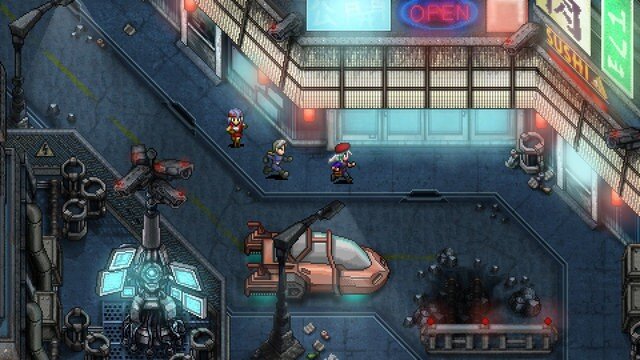
If you’re a turn-based RPG fan, Cosmic Star Heroine is a game to look out for. After having played it, I’m happy to say that everyone who backed the Kickstarter will not be disappointed. Right off the bat you can tell that Cosmic Star Heroine was inspired by SNES-era RPGs like Chrono Trigger.
The combat feels great and pretty much what you’d expect from a turn based game. It has a bar on the right hand side of the screen that represents who is going to attack next so that you can plan things like stun attacks on enemies who are about to attack.
It feels like a throwback, but slightly modernized with a slick interface and solid level design. Another nice touch is the way other characters in your party talk and comment during the narrative parts of the game. It helps keep you more engaged and invested in your other party members.
Day of the Tentacle
Double Fine
When I first saw Day of the Tentacle it looked like a combination of redrawn character sprites and with some filtering. Later I found out from talking to someone who worked on the game that they had to redraw everything, which must have been a huge undertaking.
Besides the game’s new visuals, Double Fine added a new interaction wheel. It’s a wheel-based system undoubtedly developed with a controller in mind, since it’s easy to access with a joystick. It also does away with the more complex interface the game used to have, which helps modernize it and make things a little more user friendly.

And if you’re not a fan of these new changes, as with Monkey Island HD, you can use the old or new interface with either the old graphics or the new ones. You can mix and match whichever way you want and seamlessly switch between them at any time. The redraw looks good, but more solid color-based and less detailed than I had expected. It comes out early next year, and I’m personally excited more people will get a chance to experience this great game.
Seven Day Band
Jeff Lait
Seven Day Band is a game in which you actively create your own Roguelike. You start of in a randomly-generated world and the first enemy you encounter prompts you to name it. After that, you later change characteristics of the enemy, like how strong it is and how much money it drops. The game is visually simplistic, but the ability to choose your own difficulty makes the game more dynamic, because you’re not confined to a particular difficulty.
As someone who enjoys the randomized nature of Roguelikes and the exploratory experience it provides, I’m excited to play Seven Day Band and create and shape my own Roguelike experience. It’s out now for free on the game’s official site.
Prune
Joel McDonald
Prune is a relaxing game in which you prune a bare tree to help the top branches to reach sunbeams. One they reach the beams of light, the branches of the bare tree start to bloom. It’s a simplistic tablet/mobile game that’s more about offering a relaxing experience more than anything else. The soothing music helps draw you in, and it’s one of those games where you lose track of time.
One of the most interesting things about the game is how it was developed by someone who used to make Call of Duty games. The same way in which Vander Caballero (developer of Papo & Yo) went from creating violent games like Army of Two at EA, Joel McDonald defected as well to create something more soothing. There is a subtle symbolism in the way the tree blooms in the light once out of darkness that is particularly poignant considering who designed it. Prune is out now for iOS and Android and has future content updates scheduled.
Together: Amna & Saif
Mount Olympus Games
This game forces you to cooperatively work with another player to collect fireflies. There is no AI, which means you can’t play without another person. It’s an interesting choice and accomplishes a specific goal for the lead game designer.
He wants to emphasis the cooperative aspect of people talking to each other. Most of what I played was relatively basic and consisted of stepping on switches or manipulating creatures to lower walls or block firing turret plants.
Watch the trailer for Together: Amna & Saif below:
What’s also an interesting mechanic is that when the two players stick together, it creates a protective shield which protects both of them from the game’s hazards. Its level design may be simplistic, but it’s heavily reliant on cooperation. There are more challenging stages that are optional, if you want to test the frustration limits of your relationship.
Oxenfree
Night School Studio
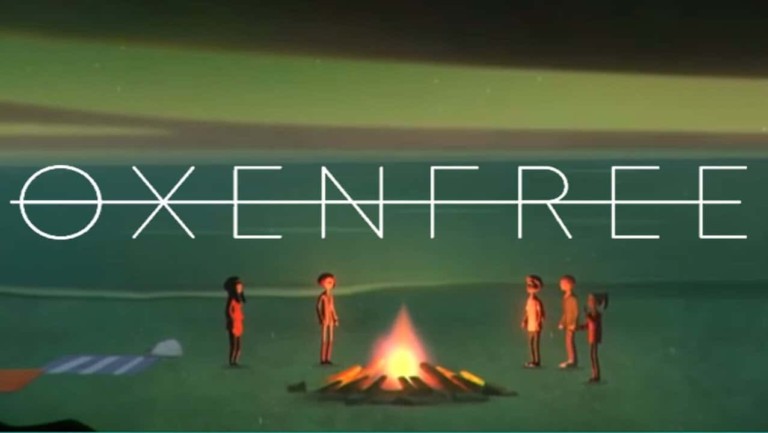
Oxenfree was a standout. It’s a narrative-driven game inspired by what the developers described as The Walking Dead meets Limbo. It’s about a group of senior high school kids and their journey into the supernatural. One of the devs described the many inspirations from movies like Stand By Me and Poltergeist.
The demo started off as you playing as a teenager with a group of kids at the beach. You’re given freedom to do what you want and choose any dialogue options to help sway the conversation, which is where The Walking Dead inspiration comes in.
Talking with one of the developers, I learned that they wanted to shift away from it being just a cut-scene fest and more of an interactive experience. You had complete control throughout the whole demo. The game felt great to control, looked fantastic and had a cool mystical atmosphere. What stood out the most to me was the fantastic writing. It’s easy to screw up believable teenager dialogue, but Oxenfree’s feels believable and natural. I cannot wait for Oxenfree, which is scheduled to come out early next year.
The IndieCade 2015 Award Winners – The Complete List
[cite]
Were you at IndieCade 15 this year? Tell us your favorite selections in the comments!

